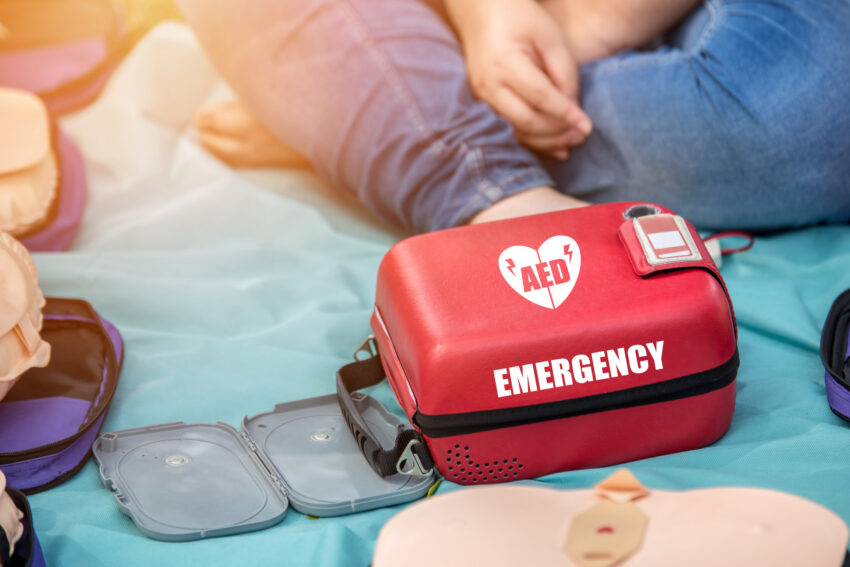Do you know the difference between AED vs CPR?
All household members, healthcare workers, and first responders should know when to perform CPR and when to use an AED. However, knowing what to do can be challenging, especially if you’re new to the medical industry.
Understanding when to use AED vs CPR is essential and sometimes tricky. This AED and CPR guide will help you understand the differ using an AED to save someone and knowing how to perform CPR.
Keep reading to learn more.
Differences in Scope of Use
Regarding the scope of use, there are apparent differences between using an AED and performing CPR. An automated external defibrillator (AED) is designed to resuscitate a patient who has suffered a sudden cardiac arrest.
The AED is most effective when applied soon after the event. CPR is a broader technique for various life-threatening medical emergencies, including heart attack, drowning, drug overdose, and more.
It is important to note that while AEDs may be used in some of these circumstances, they are not intended to replace CPR but rather to supplement it when applicable. Ultimately, the scope of use depends on the situation and the medical personnel on-site.
Differences in Administration
The critical difference between AED and CPR is how they are administered. In specific medical emergencies, you should use both AED and CPR together.
AED is an automated process requiring no manual intervention. The device can sense the heart’s electrical activity and indicates whether a shock is needed.
The device then shocks the heart if indicated. CPR involves manual action, where the provider performs a series of chest compressions and breaths to circulate oxygenated blood throughout the body.
Both are critical in terms of saving lives. You must earn a CPR certification online to learn the skills and timing required to administer either technique properly.
Differences in Types of Intervention
You should understand the difference between CPR and AED usage when types of medical intervention are considered. CPR is used to stimulate circulation and artificially maintain respiration.
It is a hands-on physical intervention involving chest compressions and rescue breaths. While AEDs use electrical shock to jumpstart the heart.
The primary use of an AED is to treat cardiac arrest and ventricular fibrillation since these conditions are non-responsive to CPR. In summary, the critical difference between CPR and AED usage when types of medical intervention are concerned is that CPR is a hands-on process.
Difference in Effect
The difference in effect between using an AED and CPR is significant. CPR can help keep a patient alive until you can use an AED by compressing the chest and pumping oxygenated blood to the brain and heart.
For non-shockable rhythms, you should use CPR until the AED is ready and can be used. Therefore, an AED is preferred for shockable rhythms in an emergency, whereas CPR is better for non-shockable rhythms.
Recognizing When to Use AED vs CPR
In conclusion, using AED or CPR in an emergency is critical to ensure a positive outcome. Call 911, assess the patient, and remember to stay safe throughout the process.
Knowing when to use AED vs CPR can be a life-saving skill for everyone. Challenge yourself to learn more about what is AED or CPR and the importance of each.
Was this helpful? If so, please keep reading for more valuable content.

